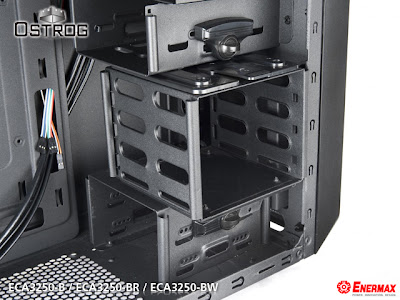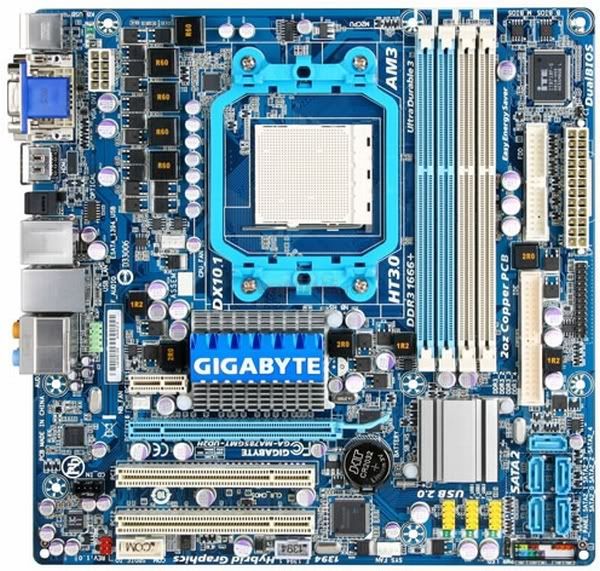First up, for context, I’ve only ever trash talked to troll the
trash talkers.
Now, for the author of 'notinthekitchenanymore', and for anyone reading this, the point I want to make is that, while I find all of the below repulsive, and agree it should be stamped out, I believe the author does little to help her situation.
You are obviously discriminated against being a girl, and as
such the insults you’ll hear are usually centred around that. The insults I personally heard most often were ‘you british ****’
or whatever (being british), and I’m pretty sure if I sounded like a the frog
from Sesame Street people would say ‘you ******* green ****sucker, go live in a bin with your ****head friend’. Its not acceptable, but just like in real life, you meet idiots everywhere, ignore their comments, and then avoid them as best you can. We are able to do this because the majority of the population isn't like this.
The second point I wanted to make for anyone reading this,
is that just like real life, it’s all about the communities you hang out in. Do
you deliberately go to dive bars where 34 leering losers will crack onto you with
sneering sexual innuendos? Hell no – nor do I! But as CoD is a very simple,
click and shoot game that requires little to no intelligence to play, it
attracts an element of the population that want their games to require very
little of them, because they have little to give. I’m not saying ‘all COD
players are dumb', because mastery of any game requires some level of mental
dexterity, but my point is, that certain games are more likely to be filled with
certain types of people, just like certain events in real life are filled with
certain types of people (Can’t remember the last time I saw a hippie at a gun
show)
Assumption time on my part: You play on a console. Again,
because of the ease of access to gaming provided by a console you are also
opening the doors to a much wider segment of the population than say PC gaming
which requires to user to jump through a few mental hurdles to get onto the
game. I’m also assuming here, that intelligence and disgusting trash talk are inversely
correlated, which may or may not be true, but in my experience, are. Don’t get
me wrong, PC games have their fair share of trash talk (oh the joy of chat
boxes), but the point is, the console platforms are easier to access for the
average (and below average!) member of the population, and thus you are more
likely to run into those stupid enough to trash talk.
Lastly, I wasn’t actually aware that anyone really used an
open channel for voice chat any more? In the early days of Xbox Live, it was
very common to talk to strangers, but over the last few years this has fallen
away. Both Microsoft and Sony make it very easy for you to find and play with
your friends (and add people you’ve enjoyed playing with), and PC gaming
requires you to log into a specific chat channel that usually only you and your
friends know about.
So, just like any other member of the population, I am
disgusted (but not shocked) by some of the things people say to you, but at the
same time, by playing the games you do, on a platform with such a wide
demographic of users, and also disregarding the features that have been put in
place to help playing with, and talking to. friends or other friendly gamers, it
feels like you are walking into the lions den and then complaining that you got
bitten.
What’s more, because of the sensationlist nature of what you
are doing, you are ultimately giving legions of mature and friendly gamers a
bad name in the eyes of those who don’t play online games. By all means bring
trash talk into the spotlight, but to be taken seriously by the very people you
aspire to have in your community (decent, intelligent, well rounded gamers),
you’re going to have to provide a far more balanced view of the situation than
a selection of vitriol filled audio clips that make us look like a group of dumb
aggressive apes.
Bcoz we aint you du……. Hang on! ;)











